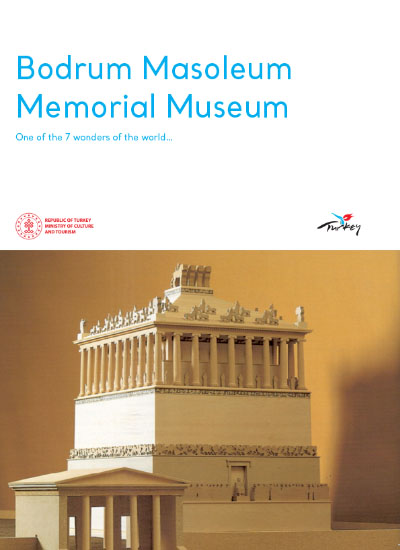Mausolos served as a Carian Satrap for a period of 24 years. He began construction of a mausoleum with the intention of ensuring the continued greatness of his power after his death. The construction of the mausoleum commenced in 355 BC, at the time of Mausolos, and was continued by his wife, Artemisia, following his death in 353. Following her death in 351, the building was completed with the assistance of renowned sculptors of the era. The monument has survived for over 1600 years. It is regarded as one of the Seven Wonders of the World and has influenced the design of numerous structures of a similar nature and purpose, due to its iconic status. The mausoleum, situated within a large elevated temenos in the ancient city centre, was approximately 50 metres in height. It comprised four main sections, including a high podium, a colonnaded gallery, a stepped pyramidal roof and a statue of Artemisia, accompanied by the satrap himself on a quadriga. The most prominent architects and sculptors of the period were responsible for the construction of the structure, which was adorned with marble ornamentation featuring reliefs and sculptures depicting official ceremonies, sacrificial and hunting scenes, as well as instances from the life of Mausolos and various mythological scenes, which were presented in a specific order. The Mausoleum stood for approximately 1650 years until it was destroyed by an earthquake in 1304 AD. In 1402, the Knights of St. Jean removed the stones of the monumental tomb and used them in the construction of Bodrum Castle. The British Lord Stradford (1846) and C.T. Newton (1856-1858) subsequently moved the remains of Mausoleum to the British Museum following their studies. Between 1966 and 1977, a Danish team led by Prof. Dr. Kristian Jeppesen conducted scientific excavations at the Mausoleum. The artefacts recovered from these excavations are on display in the Mausole
BODRUM MAUSOLEUM MUSEUM


